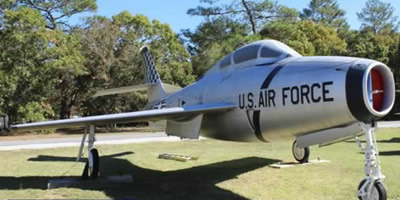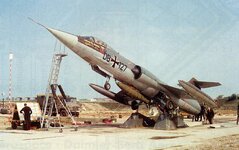FLYBOYJ
"THE GREAT GAZOO"
I worked around a later model MiG-21 for a brief period. From what I recall, it had to keep the centerline tank on or else it would have C/G issues when internal fuel got below a certain point. I don't think the earlier versions or the trainer versions had this issue.Some of those "widow makers" were a surprise to me, especially the F-100 and the MiG-21.


